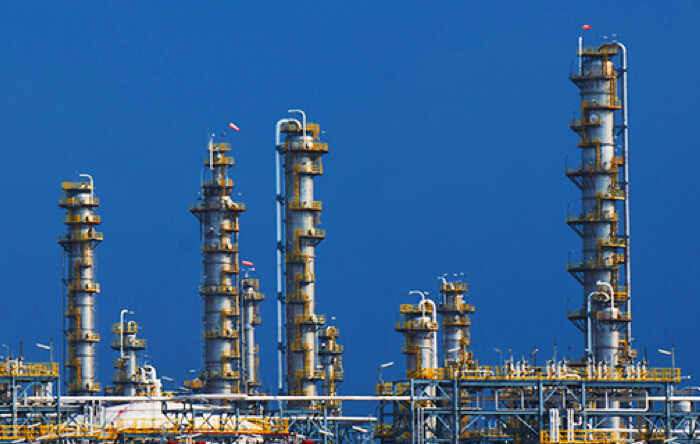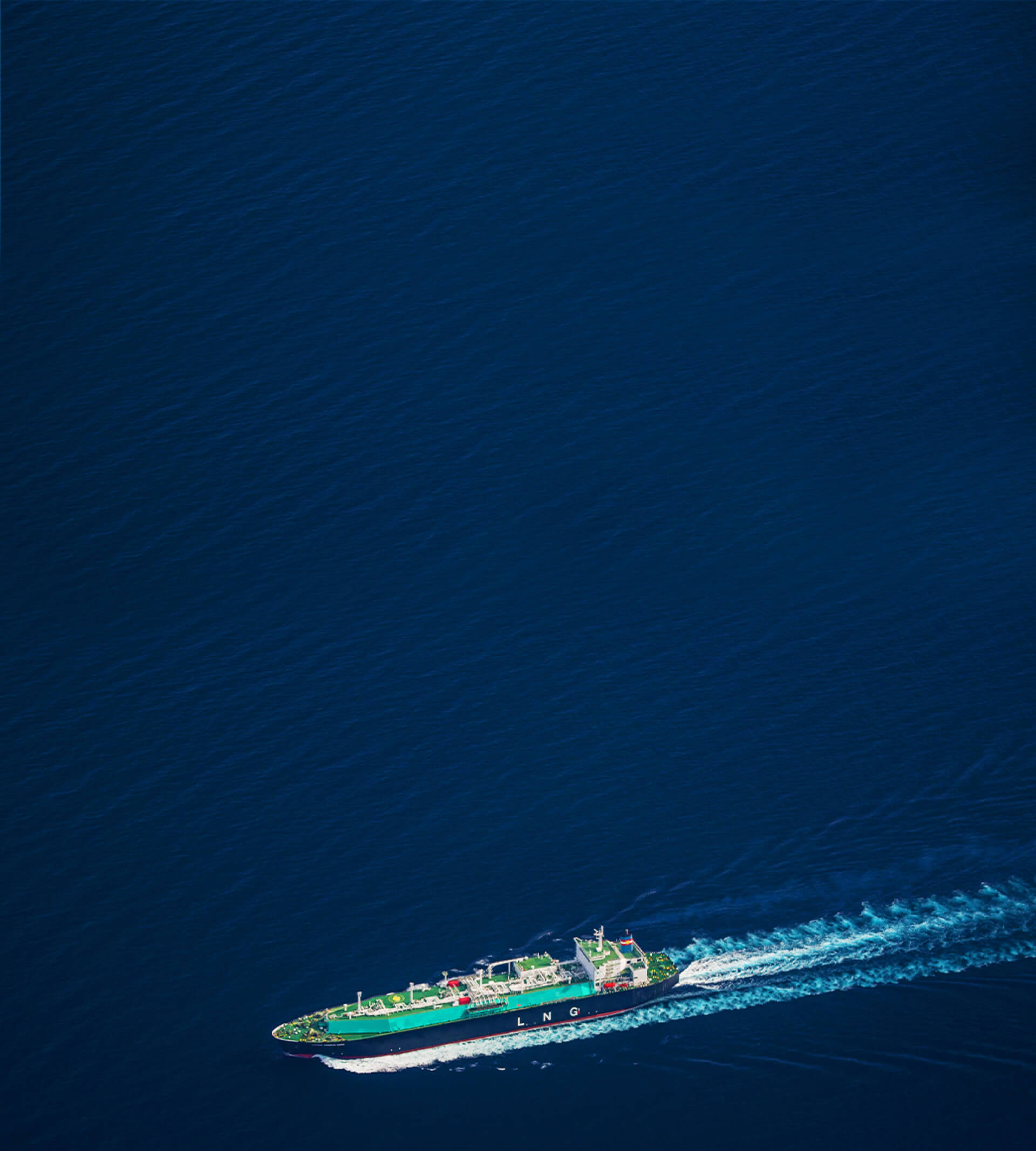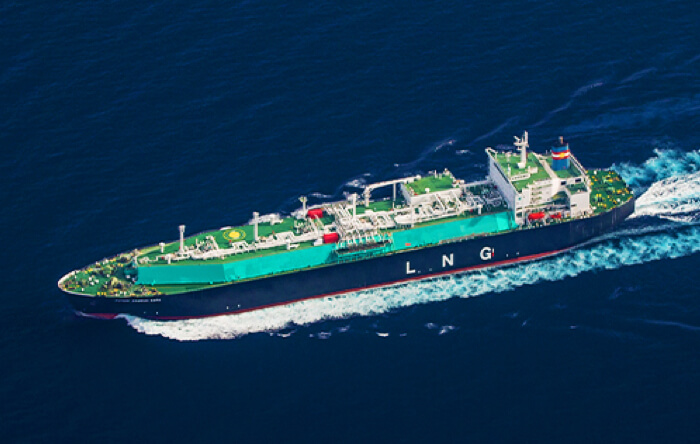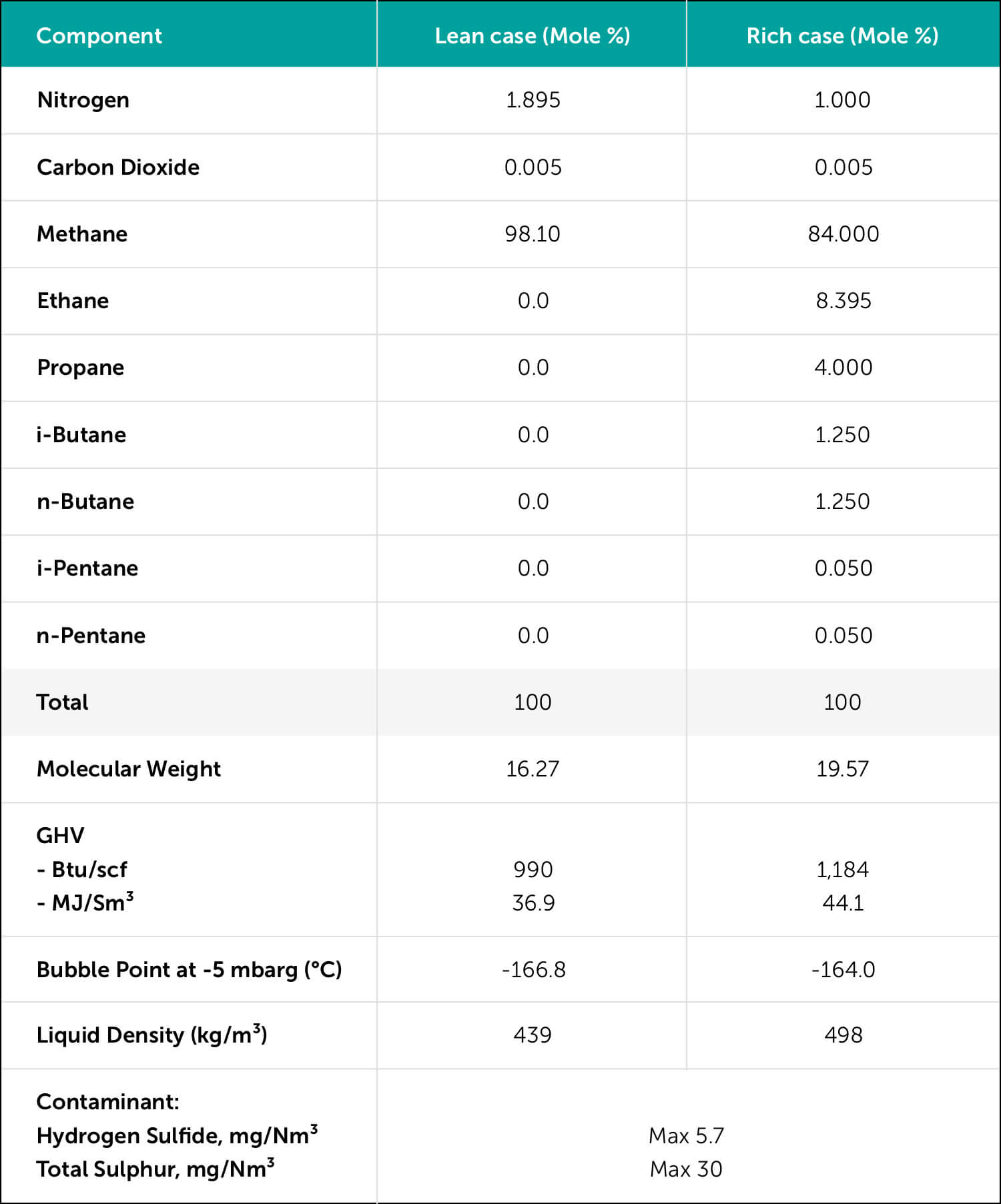| Typical Properties | Limit | PETRONAS' Specifications |
| Density @ 15°C kg/m3 | Max | 0.9910 |
| Kinematic Viscosity @ 50°C, mm2/s | Max | 380 |
| Flash Point (PMCC), °C | Min | 60 |
| Pour Point, °C | Max | 30 |
| Water by Distillation, % volume | Max | 0.5 |
| Sulphur, mass % | Max | 0.5 |
| Micro Carbon Residue, mass % | Max | 18 |
| Total Sediment Potential, mass % | Max | 0.1 |
| Ash, mass % | Max | 0.1 |
| Vanadium, mg/kg | Max | 350 |
| Aluminium + Silicon, mg/kg | Max | 60 |
| Zinc, mg/kg | Max | 15 |
| Phosphorus, mg/kg | Max | 15 |
| Calcium, mg/kg | Max | 30 |
| Sodium, mg/kg | Max | 100 |
| Calculated Carbon Aromatic Index (CCAI) | Max | 870 |
| Hydrogen Sulphide, mg/kg | Max | 2.0 |
| Total Acid Number, mgKOH/g | Max | 2.5 |





















